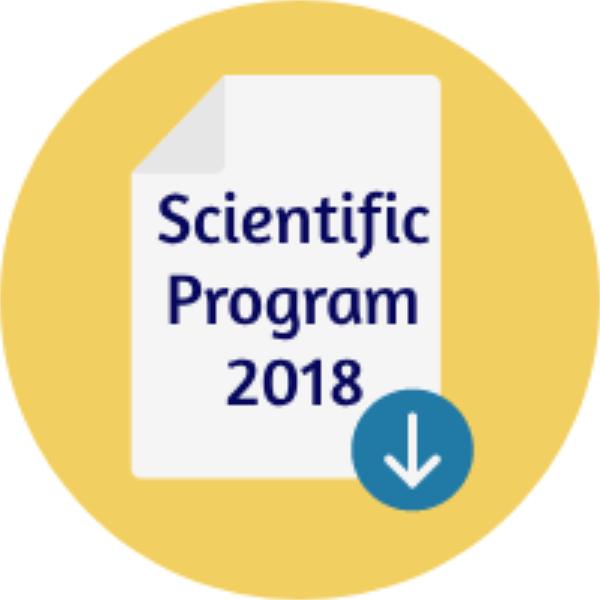
Mladen Krajacic
University of Zagreb, Croatia
Title: Monolithic chromatographic supports employed in virus separation and purification
Biography
Biography: Mladen Krajacic
Abstract
The particular structure of monolithic chromatographic supports has been proved highly advantageous in analytic separation and purification of large biomolecules. Characterized by very high porosity, high binding capacity, and high flow rate based on convective mass transport, monoliths are particularly applicable in virus research. Monolith chromatography has hardly any limitation to be applied in processing of virus particles, huge macromolecular complexes, and viral genomes, especially when being distinct from nucleic acid forms present in the host cell. The majority of trials published so far, have exploited ion exchange carriers, although other chemistries are also applicable, like hydrophobic interaction when concentrating viruses from marine environment. According to papers published over the past decade, viruses of different sizes, structures and morphologies, even virus-like particles, have successfully been purified from tissue homogenates or cell lysates. Moreover, following virtual separation by overlapping chromatograms obtained from separate experiments, a real separation of three virus species, and a distant strain of one of them (four viral fractions in total) was accomplished from laboratory prepared mixture. One of the most recent achievements is a proof of principle that virus chromatographic feature could easily be modified without abolishing its structural stability, or its biological activity. As adenoviruses have been used in almost a quarter of human gene therapy trials, the experiment was conducted with an adenoviral vector. The deletion of just two negatively charged amino acids from the main structural protein was efficient in shortening chromatographic retention of the recombinant adenovirus. In this way, it would be possible to shift virus particles away from particular interfering substances present in the crude lysate. The concept might be followed to facilitate chromatography-approach purification by engineering modifications contributing to virus separability, besides those contributing to its therapeutic functionality.

